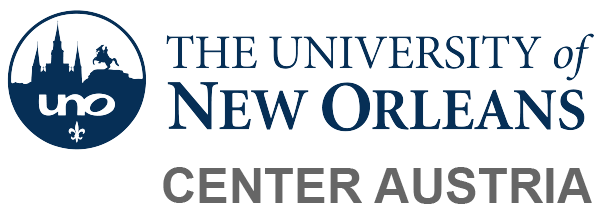Volume 15: Sexuality in Austria
Scholars have increasingly been investigating human sexuality as an important field of social history in particular national cultures. This volume examines both continuities and changing patterns of sexual behavior in Austria.
Sexuality in Austria reflects the broad variety of such recent research. David Luft introduces the volume with an essay on sexuality and gender in fin-de-siecle Vienna. Scott Spector traces the emergence of homosexuality in tabloids at the same time.
Maria Mesner surveys the growing number of sex counseling organizations in interwar Vienna, some driven by eugenics, others by social concerns. Ties with Margaret Sanger’s birth control movement in the U.S. are also documented. Ingrid Bauer and Renate Huber are the first scholars to treat the “foreign encounters” between Austrian women and occupation soldiers during the postwar quadripartite Austrian occupation regime in a comparative framework. Franz Eder traces the growing presence of sexual issues in post-World War II popular media and suggests parallels with the German case.
Matti Bunzl analyses the legal penalties for homosexuality in postwar Austria and the liberation of the gay movement as a result of EU pressures after Austria joined the European Union in 1995. Peter Judson analyzes the major influence of the Catholic Church on Austrian sexuality through the lens of a recent gay and sex abuse scandals in the church hierarchy. In “romancing the foreigner” Julia Woesthoff analyzes the growing presence of foreign workers (gastarbeiter) in postwar Austria and their sexual contacts with natives.

